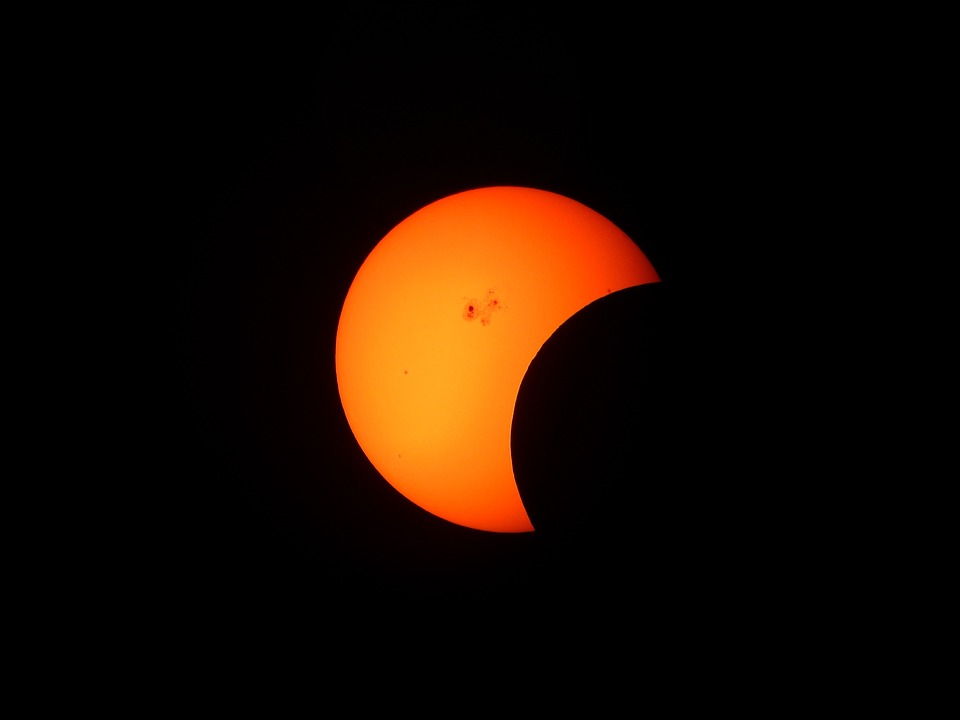I am LUCA QUAGLIA
Eclipse chaser. eclipse addict.
About me
My passion for eclipses and science
Total solar eclipses are a breathtaking shortcut to the beauty and the mistery of the cosmos.

I am Luca and I am passionate about eclipses! For me eclipses, especially total solar ones, are truly awe inspiring phenomena, a mesmerizing mix of celestial mechanical inevitability and of deep and subtle mysticism. As someone said, total solar eclipses are a breathtaking shortcut to the beauty and the mystery of the cosmos. My eclipse chasing adventures started with the 1999 total solar eclipse in Europe and they have taken me to Africa, Asia, Oceania and the Americas to observe those fleeting moments of fortuitous alignment between our star and our satellite.
So far, I have been lucky enough to witness 8 total solar eclipses and 3 annular eclipses. In the early 2000’s I got interested in the computational aspects of eclipses and produced an accurate long canon of solar eclipses spanning 26 millennia from the year -10999 to the year +15000. For a decade, that canon was the longest one ever produced. Another aspect I got interested in was the periodicity and variations of solar and lunar eclipses. With the help of the long canon, I extended Professor van den Bergh’s Saros-Inex Panorama towards the far past and the far future and highlighted the long term variations in the Panorama and showed the existence of “holes” in it. From 2008 onwards, my interest has shifted to measuring the eclipse solar radius, the value of the solar radius that best reproduces the observed eclipses contact times. Mainly, this line of study has been accomplished by collecting timestamped videos of the flash spectrum as seen from the edge of the path of totality. These measurements are highlighting the fact that the value of the solar radius to be used in eclipse computations is larger than the standard accepted value. I am aiming to refine these measurements at future eclipses.
